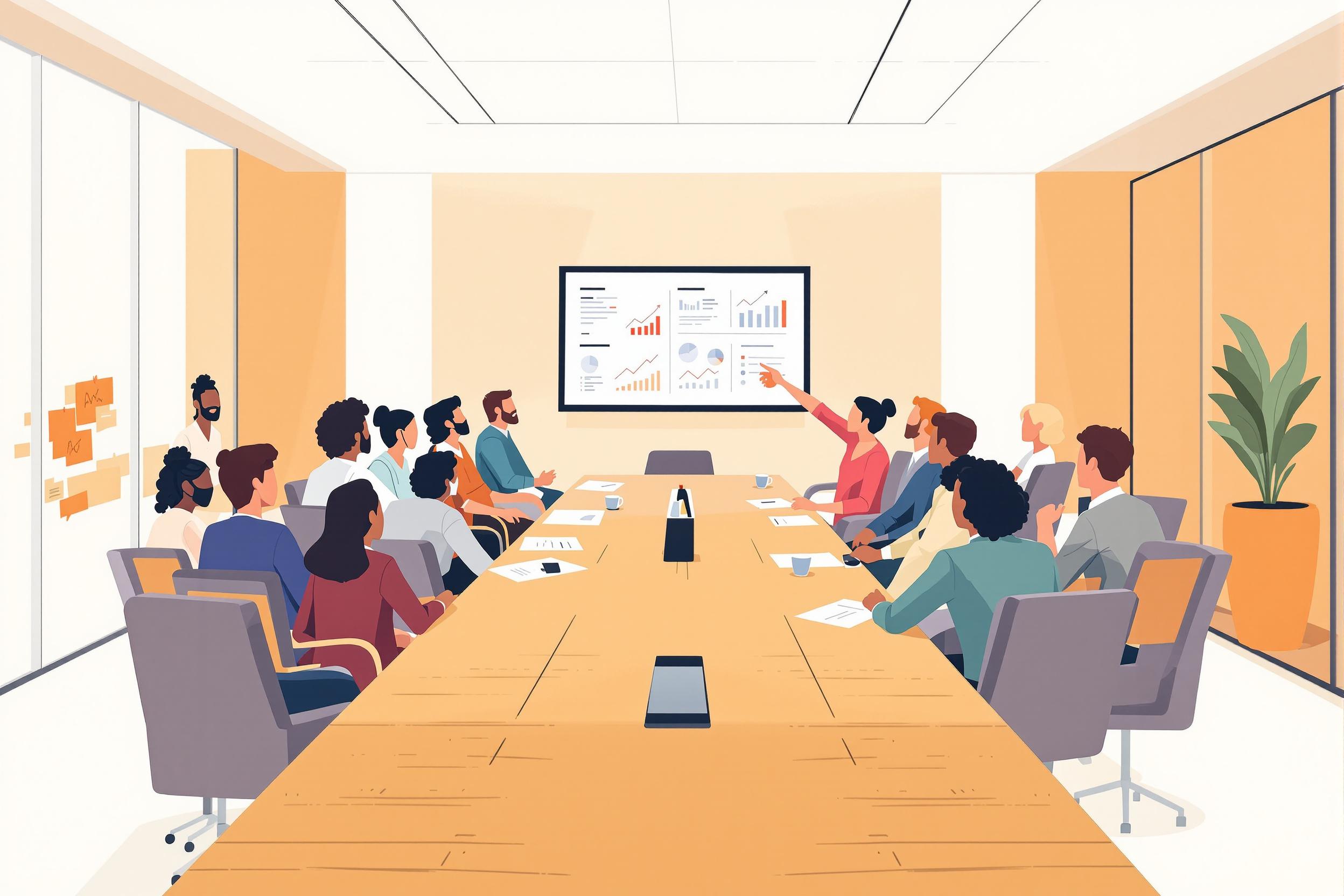
Color Mixing
Color Mixing is a fundamental skill in theatrical lighting where technicians combine different colored lights to create specific moods, effects, and atmospheres on stage. It's similar to how an artist mixes paint colors, but with light instead. Lighting designers and technicians use this technique to enhance performances, highlight actors, or create specific times of day on stage. This can be done using traditional colored gels (transparent sheets) or modern LED lighting systems that can produce multiple colors from one fixture. When you see this term in a job description, it refers to the ability to understand and work with lighting colors to achieve desired visual effects.
Examples in Resumes
Created dynamic stage environments using Color Mixing techniques for 20+ professional productions
Programmed Color Mixing sequences on digital lighting consoles for Broadway-style shows
Trained junior technicians in Color Mixing fundamentals and Light Blending techniques
Typical job title: "Lighting Technicians"
Also try searching for:
Where to Find Lighting Technicians
Professional Organizations
Online Communities
Job Resources
Example Interview Questions
Senior Level Questions
Q: How would you approach lighting design for a show that moves between different time periods?
Expected Answer: A senior designer should discuss creating distinct color palettes for each period, considering historical accuracy, and how to transition smoothly between scenes while maintaining the mood and storytelling elements.
Q: How do you train new technicians in color mixing principles?
Expected Answer: Should demonstrate teaching experience and ability to break down complex concepts into simple steps, starting with basic color theory and moving to practical applications with both traditional and LED systems.
Mid Level Questions
Q: What's your process for choosing colors for a dramatic scene?
Expected Answer: Should explain how they consider the mood of the scene, coordinate with costume and set designers, and use their knowledge of color psychology to enhance the dramatic impact.
Q: How do you handle color mixing differently with LED vs traditional lighting?
Expected Answer: Should be able to explain the differences between RGB mixing in LED fixtures and using traditional gel colors, including advantages and limitations of each method.
Junior Level Questions
Q: Can you explain the basic primary colors used in lighting?
Expected Answer: Should know that stage lighting uses Red, Green, and Blue as primary colors, and understand how these combine to create other colors.
Q: What's the difference between mixing colors with light vs. mixing paint colors?
Expected Answer: Should understand that light colors add together to make white (additive color mixing), while paint colors subtract to make black (subtractive color mixing).
Experience Level Indicators
Junior (0-2 years)
- Basic understanding of color theory
- Operating simple lighting consoles
- Following lighting cues
- Basic maintenance of lighting equipment
Mid (2-5 years)
- Programming complex color changes
- Creating detailed lighting plots
- Working with both LED and conventional fixtures
- Understanding different color mixing systems
Senior (5+ years)
- Advanced design techniques
- Training and supervising crews
- Troubleshooting complex systems
- Budget management for lighting departments
Red Flags to Watch For
- No hands-on experience with different types of lighting fixtures
- Lack of basic color theory knowledge
- Unable to explain how different colors affect mood and atmosphere
- No experience with lighting control systems
Related Terms
Need more hiring wisdom? Check these out...

Breaking the Mold: The Unseen Power of Building a Diverse Leadership Team

Diversify Your Interview Panels: Unleashing the Power of Inclusive Hiring

Refining Job Descriptions to Expand Applicant Pools: Casting a Wider Talent Net

